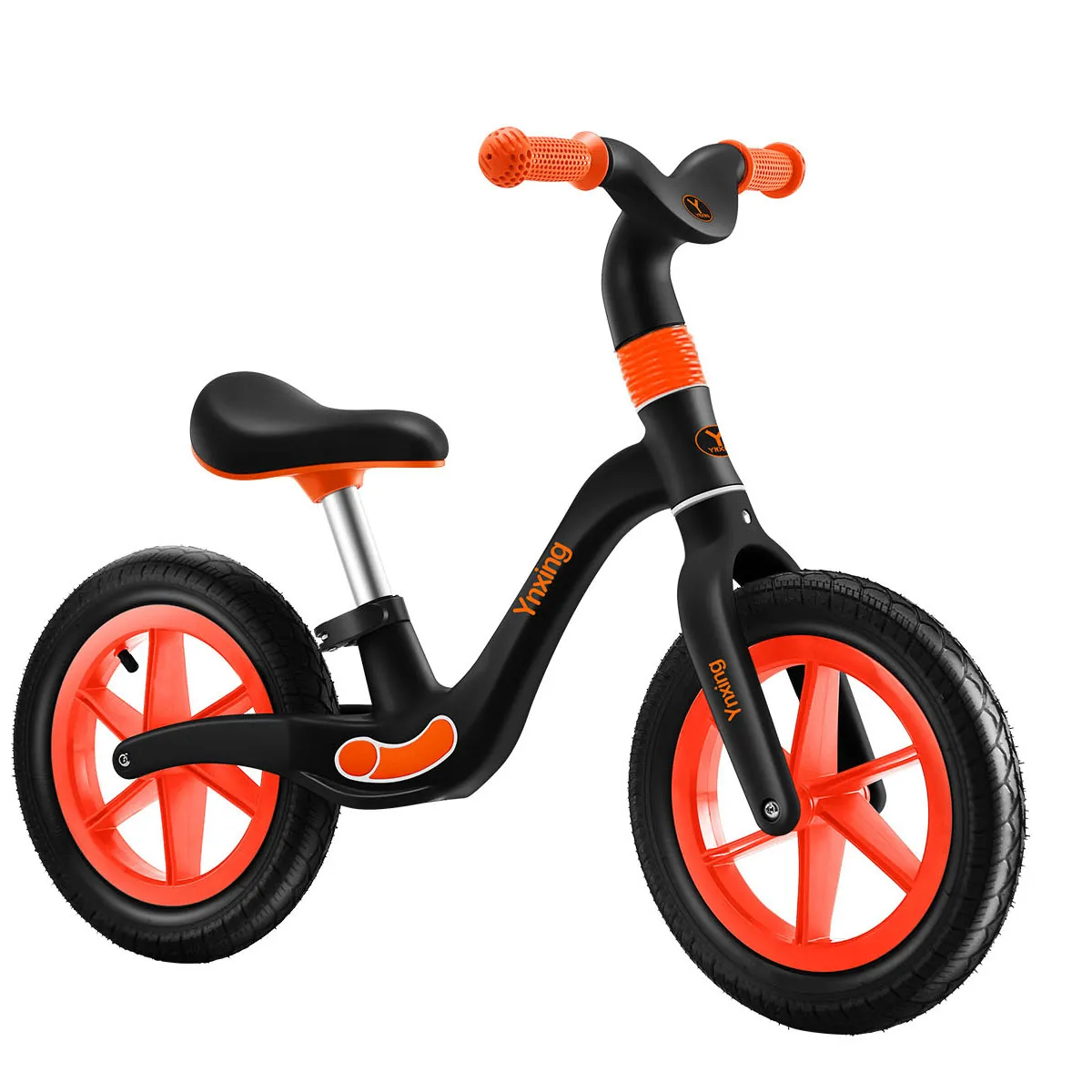Lightweight Carbon Fiber Mountain Bikes for Enhanced Performance and Durability on Trails
The Rise of Carbon Fiber Mountain Bikes A Revolution in Performance and Technology
In the ever-evolving world of mountain biking, advancements in technology and materials have significantly changed the landscape, giving riders better performance, efficiency, and overall experience. One of the most significant breakthroughs in recent years has been the widespread adoption of carbon fiber in the construction of mountain bikes. Known for its incredible strength-to-weight ratio and durability, carbon fiber has become a game-changer for both casual riders and professional athletes.
The Advantages of Carbon Fiber
Carbon fiber is a composite material made from thin strands of carbon atoms that, when woven together, create a lightweight and incredibly strong structure. This unique combination offers several advantages over traditional materials like aluminum and steel, making it especially appealing for mountain bike enthusiasts.
1. Weight Reduction One of the primary benefits of carbon fiber is its light weight. A carbon fiber mountain bike frame can weigh significantly less than its aluminum or steel counterparts. This reduction in weight translates to improved speed and efficiency, especially during uphill climbs where every gram counts. Riders can accelerate quicker, navigate challenging trails more easily, and ride longer without feeling fatigued.
2. Strength and Stiffness Carbon fiber exhibits exceptional tensile strength, meaning it can withstand considerable stress without deforming. This property allows for the creation of stiffer bike frames that provide better power transfer from the rider to the wheels. The increased stiffness translates into improved handling and responsiveness on technical terrain, allowing riders to tackle obstacles with greater confidence.
3. Vibration Damping Another remarkable characteristic of carbon fiber is its ability to absorb vibrations. Unlike aluminum, which can transmit vibrations from rough terrain directly to the rider, carbon fiber acts as a natural dampener. This results in a smoother ride, reducing fatigue over long distances and ensuring that riders can maintain their focus on the trail ahead.
4. Design Flexibility Carbon fiber’s malleability allows designers the freedom to create intricate shapes and geometries that optimize performance. Manufacturers can engineer frames that maximize aerodynamics, enhance stiffness in crucial areas, and provide comfort in others. The ability to customize the layup and orientation of the carbon fibers also means that different riding styles and preferences can be catered to, whether it be for aggressive downhill racing or all-day trail riding.
carbon fiber mountain bike

The Cost of Carbon Fiber
Despite the numerous advantages, the transition to carbon fiber mountain bikes comes at a considerable cost. Carbon fiber manufacturing processes are more complex and time-consuming than those for aluminum or steel, which can drive up the price. Consequently, carbon fiber mountain bikes often fall into the premium price range, making them less accessible to casual riders or those just starting out.
However, as technology advances and production methods improve, prices have begun to lower, opening the door for a broader audience. Additionally, the longevity of carbon fiber—often exceeding that of other materials—can justify the initial investment, as riders may find themselves needing fewer replacements or repairs over time.
The Future of Mountain Biking
As carbon fiber technology continues to evolve, we can expect to see even more innovations in mountain bike design and performance. Enhanced manufacturing techniques, including 3D printing of carbon fiber components and the potential use of recycled materials, may lead to more sustainable practices in the sport.
Furthermore, as more riders become accustomed to the benefits of carbon fiber, we may witness a shift in the industry, where performance is not just reserved for elite athletes but made available to a wider audience. With the growth of electric mountain bikes (e-MTBs), carbon fiber could play a crucial role in optimizing weight distribution and battery integration, leading to even more exciting developments in the future.
In conclusion, carbon fiber has truly revolutionized the mountain biking experience, offering riders unprecedented levels of performance, comfort, and design. As this composite material continues to advance and become more accessible, the future of mountain biking looks brighter than ever, paving the way for new adventures on the trails. Whether you are an experienced mountain biker or a newcomer eager to explore the great outdoors, investing in a carbon fiber mountain bike could very well enhance your journey through the breathtaking landscapes of nature.
-
kids-scooter-tiny-olympic-games-scooterathlonNewsAug.22,2025
-
kids-scooter-waves-xingtai-zhongzhous-global-rippleNewsAug.22,2025
-
baby-tricycle-oem-legacy-zhongzhou-forgedNewsAug.22,2025
-
xingtais-twin-tricycle-revolution-siblings-ride-togetherNewsAug.22,2025
-
baby-tricycle-design-inspired-by-ancient-armorNewsAug.22,2025
-
nfc-chip-enabled-oem-baby-tricycle-trackingNewsAug.22,2025
-
The Perfect Baby TricycleNewsAug.11,2025








